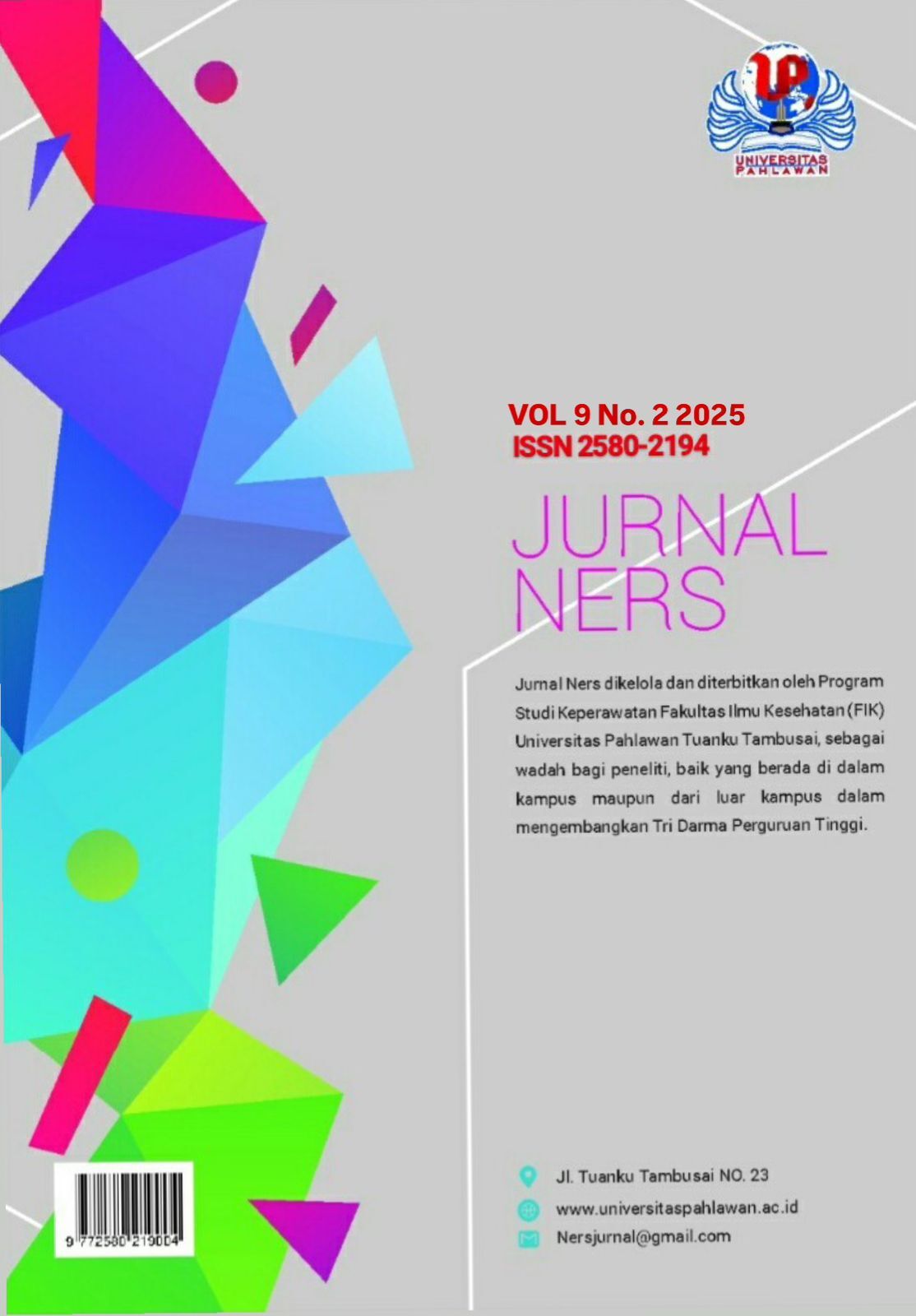Effectiveness of Dance Pregnancy Modification on Improving Depression Levels in High-Risk Pregnant Women
DOI:
https://doi.org/10.31004/jn.v9i2.40156Abstract
This study aims to evaluate the effectiveness of Pregnancy Dance modification on improving depression levels and serotonin hormone levels in high-risk pregnant women. The research design used was Quasi Experiment with the Nonequivalent Control Group Design approach. The number of samples in this study was 24 participants, which were divided into two groups: 12 samples of the intervention group and 12 samples of the control group. Based on the Wilcoxon test, the asymp. Sig <0.05 value indicates a significant difference between the pretest and posttest scores, which indicates a positive effect of Pregnancy Dance in reducing depression levels in high-risk pregnant women. After the intervention, there was a greater decrease in depression scores in the Pregnancy Dance group compared to the control group. The control group, which received pregnancy exercise intervention, also experienced a decrease in depression scores with an average decrease of 7.25. However, the analysis showed that the asymp. Sig value 0.000 <0.05, with a greater average decrease in scores in the intervention group than in the control group. In conclusion, although both activities are effective in reducing depression levels, Pregnancy Dance proved to be superior, especially in addressing anxiety and emotional stress, thanks to its more prominent elements of relaxation, body expression and social support.Downloads
Published
2025-02-10
How to Cite
Vitania, W., & Astutik, E. D. W. (2025). Effectiveness of Dance Pregnancy Modification on Improving Depression Levels in High-Risk Pregnant Women. Jurnal Ners, 9(2), 1496–1503. https://doi.org/10.31004/jn.v9i2.40156
Issue
Section
Articles
License
Copyright (c) 2025 Jurnal Ners

This work is licensed under a Creative Commons Attribution-ShareAlike 4.0 International License.
Authors who publish with this journal agree to the following terms: Authors retain copyright and grant the journal right of first publication with the work simultaneously licensed under a Creative Commons Attribution-ShareAlike 4.0 International License that allows others to share the work with an acknowledgement of the works authorship and initial publication in this journal. Authors are able to enter into separate, additional contractual arrangements for the non-exclusive distribution of the journals published version of the work (e.g., post it to an institutional repository or publish it in a book), with an acknowledgement of its initial publication in this journal. Authors are permitted and encouraged to post their work online (e.g., in institutional repositories or on their website) prior to and during the submission process, as it can lead to productive exchanges, as well as earlier and greater citation of published work (See The Effect of Open Access).








